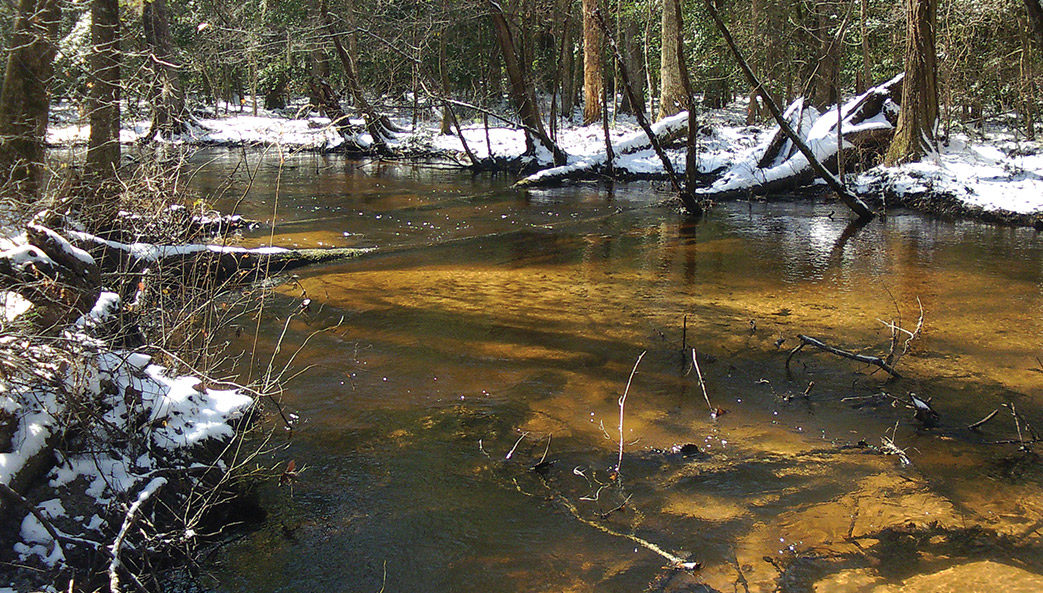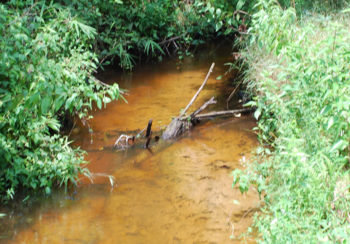The rapid emergence of antibiotic-resistant bacteria has prompted the medical community, nonprofit organizations, public health officials and the national media to alert the public to the dangers of overusing antibiotics. But although this effort is necessary, it may not be sufficient. UGA researchers are concerned that there’s more to the problem than the misapplication of certain prescription drugs.
J. Vaun McArthur, senior research ecologist at the Savannah River Ecology Laboratory and Odum School of Ecology, believes that other environmental contaminants may also be to blame for the general rise in bacterial resistance, and he tested this hypothesis in streams within the U.S. Department of Energy’s Savannah River Site near Aiken, South Carolina.
To test five antibiotics on 427 strains of E. coli bacteria in nine streams, his research team collected water and sediment samples from 11 locations. The results revealed high levels of antibiotic resistance in eight of them.
“Because the site was constructed and closed to the public before antibiotics were used in medical practices and agriculture,” McArthur said, “the streams have no source of antibiotic input.” So the researchers suspect that the high levels of antibiotic resistance in the samples are due to environmental contaminants such as cadmium and mercury in these streams.
“The findings of this study may very well explain why resistant bacteria are so widely distributed,” he noted.






